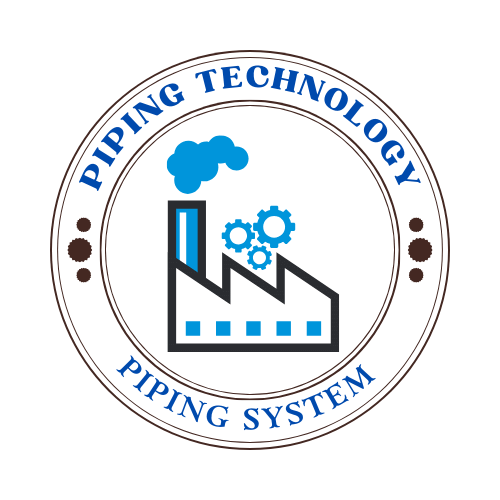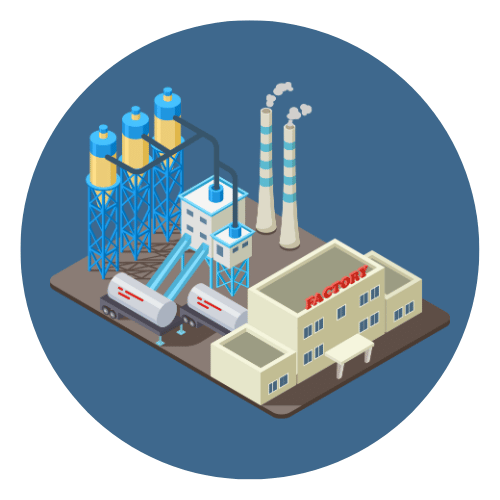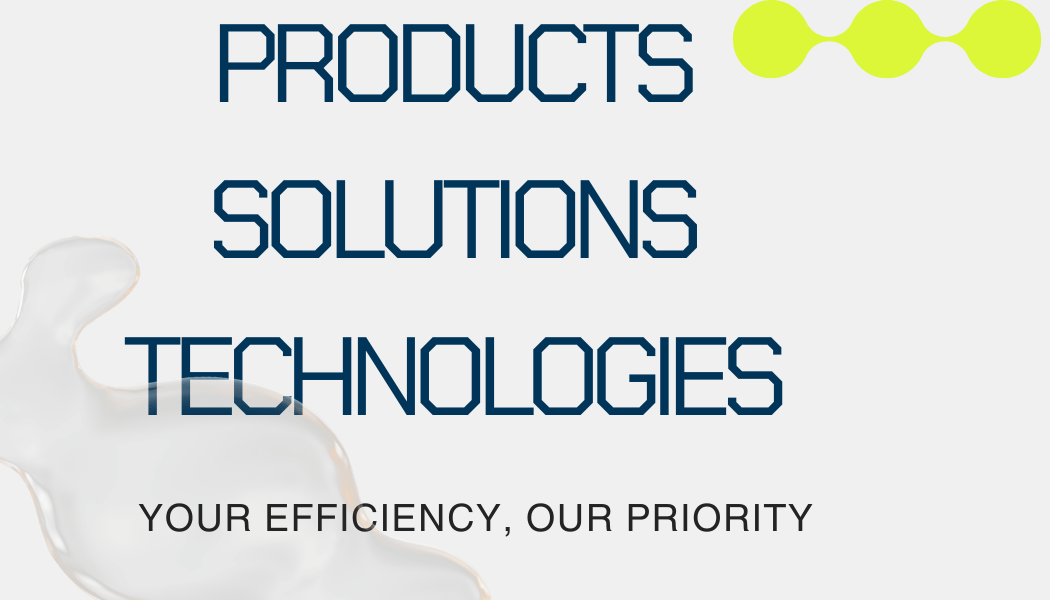In today’s high-tech world, materials science continues to push the boundaries of innovation. One of the most critical and widely used surface treatment technologies is vacuum coating. From smartphones and solar panels to aerospace components and medical implants, vacuum coating plays a pivotal role in enhancing the functionality, appearance, and durability of countless products.
At its core, vacuum coating is a process of applying thin films of material onto a surface while under a vacuum environment. By removing air and other gases from the chamber, manufacturers can achieve precise control over film composition, thickness, and uniformity—something that conventional coating methods cannot match. This controlled environment allows for coatings that are ultra-pure, highly adherent, and capable of withstanding extreme conditions.
The applications of vacuum coating span across industries, including electronics, optics, automotive, aerospace, and healthcare. Whether it’s a scratch-resistant screen on a smartphone or an anti-reflective coating on a camera lens, vacuum coating is the invisible yet essential layer that improves product performance.
As technology evolves, so does the demand for even more advanced vacuum coating solutions. Innovations such as atomic layer deposition, plasma-enhanced chemical vapor deposition, and nanocoatings are reshaping the possibilities in surface engineering. Understanding the science, types, and benefits of vacuum coating is crucial for engineers, designers, and manufacturers looking to stay ahead in competitive markets.
In this article, we’ll explore what vacuum coating is, how it works, the different types of coating technologies, the materials and equipment involved, and why it’s a game-changer for modern industry.
I. What is Vacuum Coating?
Vacuum coating is a surface treatment process in which thin layers of material are deposited onto a substrate within a vacuum environment. This technique allows for the precise and controlled application of coatings—typically just nanometers to micrometers thick—under low-pressure conditions where air and contaminants have been removed. The result is a high-purity, high-performance film with excellent adhesion and uniformity.

There are several main vacuum coating methods:
-
Physical Vapor Deposition (PVD): Involves physically vaporizing a solid material (such as a metal) and condensing it onto a surface.
-
Chemical Vapor Deposition (CVD): Uses chemical reactions between vapor-phase precursors to form a solid coating on the substrate.
-
Atomic Layer Deposition (ALD): A highly precise method where film growth occurs one atomic layer at a time through alternating chemical exposures.
Vacuum coating is valued for its ability to:
-
Produce clean, defect-free coatings
-
Customize surface properties (e.g., hardness, conductivity, optical clarity)
-
Enhance the durability and appearance of products
In summary, vacuum coating is a critical technology enabling high-precision manufacturing in industries that demand quality, efficiency, and reliability.


 Automation System
Automation System  Energy Engineeing
Energy Engineeing  Instrumentation System
Instrumentation System  Mechanical Engineeing
Mechanical Engineeing  Piping Technologies
Piping Technologies  Transportations
Transportations  Manufacturing
Manufacturing  Training Material
Training Material 














